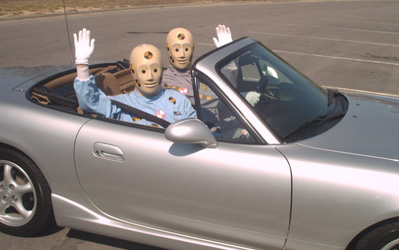Few things fascinate me as much as the Olympics, for the actual sports, sure, but also for the politics and sociology that permeate the Games, the way countries use the event to attempt to remake themselves, the things that are said through ceremony rather than words. And, of course, of equal interest is what’s communicated despite the best efforts of countries to stifle them (e.g., Jesse Owens leaving Hitler in the dust in 1936).
From “Why Sochi?” Christian Caryl’s New York Review of Books piece, a brief explanation of why oh why such an unlikely locale would play host to the world:
“In all the comment about this month’s Sochi Olympics, there is bewilderment above all about Sochi itself: Why on earth would the Kremlin decide to host the Games in an underdeveloped place where terrorists lurk nearby—a place that a front-page New York Times story this week describes as ‘the edge of a war zone’?
The answer is not as complicated as it may seem. Vladimir Putin comes from St. Petersburg. He rules from Moscow. But it is the North Caucasus that launched him on his path to the summit of Russian power. Anyone who wants to understand the many controversies now roiling around Sochi must start with this fundamental political fact.
Russia launched its Olympic bid in 2006, a moment when Putin was basking in his hard-won status as the leader who had finally vanquished the long-running rebellion in Chechnya. Putin did not choose Sochi by chance. He believed that presiding over an Olympic miracle in the foothills of the Caucasus Mountains, not far from places that had been battlefields a few years before, would cement his triumph over historical enemies.”
_____________________________________________
Japan announces its postwar recovery at the 1964 Games:



